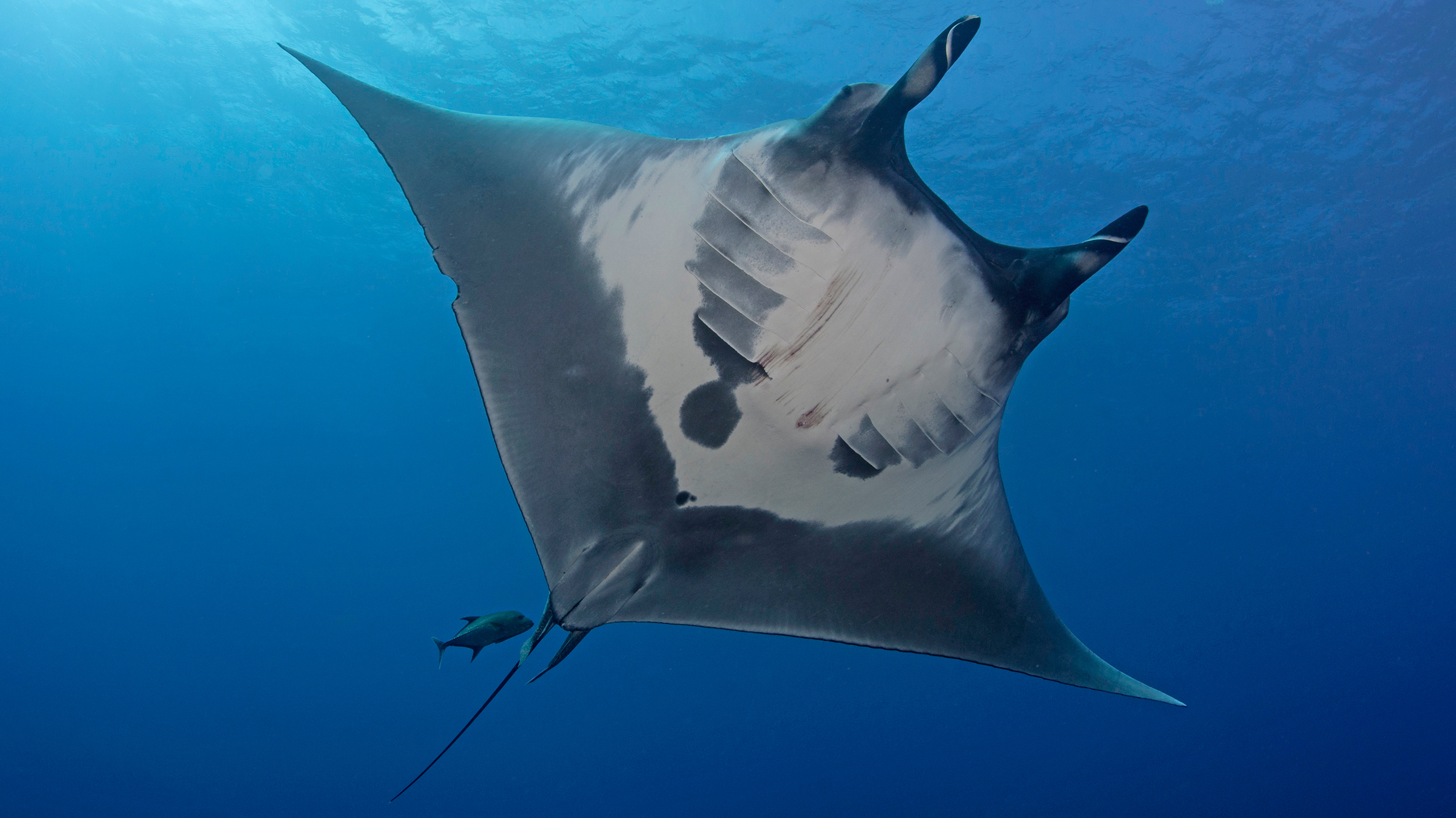
Giant Mantas and Mobula Rays
The Sea of Cortez, (the Gulf of California), is a biologically rich body of water that is home to a diverse array of marine life. Among the most fascinating creatures found in the Sea of Cortez are the giant manta and mobula rays. Giant mantas are the largest species of ray in the world, with wingspans up to 20 feet. They are easily recognizable by their triangular bodies, broad pectoral fins, and cephalic fins that protrude from either side of their heads like horns. Giant mantas are filter feeders that consume plankton, krill, and small fish by swimming through the water with their mouths open similar to whale sharks.
Mobula rays, also known as devil rays or flying rays, are smaller than giant mantas but are impressive nonetheless. They have a disc-like body shape, with two large pectoral fins that they use to propel themselves through the water. Mobula rays are also filter feeders, using their gill rakers to capture plankton and small fish.
Both giant mantas and mobula rays are commonly found in the Sea of Cortez, where they feed and breed. The inside sea is an important habitat for these rays, as it provides them with ideal conditions for feeding and breeding. The warm, nutrient-rich waters of the Sea of Cortez support a rich ecosystem of plankton and other small organisms that serve as the rays' primary food source.
Despite their large size and impressive appearance, both giant mantas and mobula rays are relatively harmless to humans. They are not aggressive and are unlikely to attack humans. To join a seasonal shared tour in search of the giant manta, go to www.BajaMantaRay.com. To arrange a private charter for this activity, go to www.BajaPacifica.com.
Giant manta and mobula rays are fascinating creatures that are an important part of the rich marine ecosystem of the Sea of Cortez. Their impressive size, graceful movements, and unique features make them a popular attraction for divers and tourists.
We are Baja Charters
Follow Us on Social Media